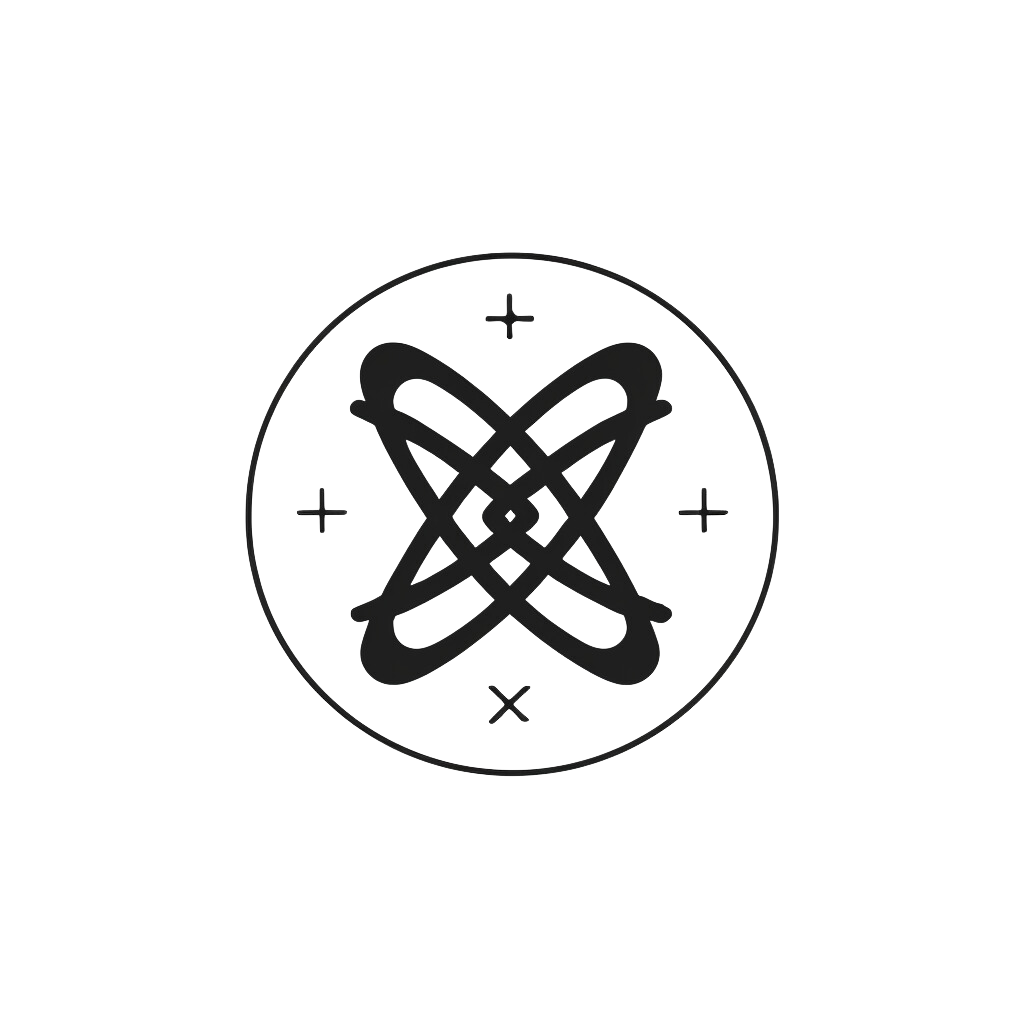Free Shipping On Orders Over $99 | Local Pick Up Available
Production Time: SHIPPED SAME DAY OR NEXT DAY!
PLACE ORDER within --:--:-- hrs
Free Shipping On Orders Over $99 | Local Pick Up Available
Production Time: SHIPPED SAME DAY OR NEXT DAY!
PLACE ORDER within --:--:-- hrs

Direct to Film (DTF) Printing vs. Screen Printing: A Comparative Guide
Introduction
In the realm of textile printing, Direct to Film (DTF) printing and screen printing are two prominent methods, each with its unique advantages and applications. While screen printing has been a long-standing favorite for its durability and cost-effectiveness in bulk orders, DTF printing emerges as a versatile and innovative contender, offering unparalleled detail and color variety without the need for extensive setup. This guide delves into the differences between DTF and screen printing, helping you decide which method best suits your project needs.
Direct to Film (DTF) Printing
Overview: DTF printing involves printing designs onto a special film, which is then transferred onto fabric using heat and pressure. This method allows for vibrant, full-color images with excellent detail.
Advantages:
- Color and Detail: DTF supports high-resolution, full-color images with intricate details, making it ideal for complex designs.
- Versatility: It can be applied to a wide variety of fabrics, including cotton, polyester, and blends, without requiring pre-treatment.
- Efficiency: DTF is suitable for both small and large orders, offering a quick turnaround without the need for extensive setup or cleanup.
- Durability: The prints are highly durable and resistant to washing, with a soft hand feel that doesn't crack or peel easily.
Limitations:
- Initial Investment: The cost of DTF printers and the required consumables (inks, films, powders) can be significant.
- Technical Knowledge: Successfully operating DTF printing equipment and achieving optimal results require a certain level of technical expertise.
Screen Printing
Overview: Screen printing involves creating a stencil (or screen) for each color in a design and using it to apply ink directly onto the fabric. This method is renowned for its durability and vibrancy on a variety of materials.
Advantages:
- Economical for Large Batches: Screen printing is cost-effective for large orders due to the lower cost of materials after the initial setup.
- Durability: Known for producing prints that last, screen printing inks bond deeply with fabric fibers, making them resistant to fading and wear.
- Versatility in Effects: It allows for various inks and techniques that can create unique textures and finishes, such as metallic, glow-in-the-dark, and puff prints.
- Fabric Compatibility: Works well on a broad range of materials, including challenging fabrics like canvas and denim.
Limitations:
- Color Limitations: Each color requires a separate screen, making complex, multi-colored designs more time-consuming and expensive to produce.
- Setup Time and Cost: The need for multiple screens and the setup involved makes it less suitable for small orders or designs that require frequent changes.
- Learning Curve: Mastering screen printing techniques and achieving consistent quality demands practice and expertise.
Making the Right Choice
Design Complexity and Color: If your project involves complex, multi-colored designs, DTF printing may be the more suitable option. For simpler designs or projects where a specific texture or finish is desired, screen printing might be preferable.
Order Volume: Screen printing becomes more cost-effective with larger volumes, while DTF printing can accommodate both small and large orders without a significant difference in cost per unit.
Material Type: Both methods offer versatility in fabric compatibility, but the choice may depend on the specific look and feel you aim to achieve on the final product.
Budget and Resources: Consider the initial investment and operational costs, including equipment, materials, and the technical skill required for each method.
Conclusion
Both DTF and screen printing offer distinct benefits for textile decoration. Your choice should be guided by your project's specific requirements, including design complexity, order volume, and budget constraints. By evaluating these factors, you can select the printing method that best aligns with your goals, ensuring high-quality results that meet or exceed your expectations.
Call to Action
Whether you're drawn to the vibrant, detailed possibilities of DTF printing or the traditional appeal and durability of screen printing, Formulated Prints is here to bring your vision to life. Visit Formulatedprints.com to explore our range of printing solutions tailored to your needs.
Recent Post
10 Nov 2025
|
04:56
26 Oct 2025
|
23:49
12 Sep 2025
|
00:24
05 Sep 2025
|
01:22
01 Sep 2025
|
05:21
Archive
- November 2025
- September 2025
- July 2025
- June 2025
Tags
- adhesive powder for DTF
- advanced apparel printing Calgary
- advanced DTF technology
- advanced DTF technology Calgary
- advanced textile printing
- advertising workwear
- Alberta work attire customization
- Apparel Design
- apparel line enhancement
- Apparel Printing
- apparel printing solutions
- apparel printing techniques
- applying DTF with an iron
- best dtf transfers
- best t-shirt design Calgary





BY : Jarrolte Productions